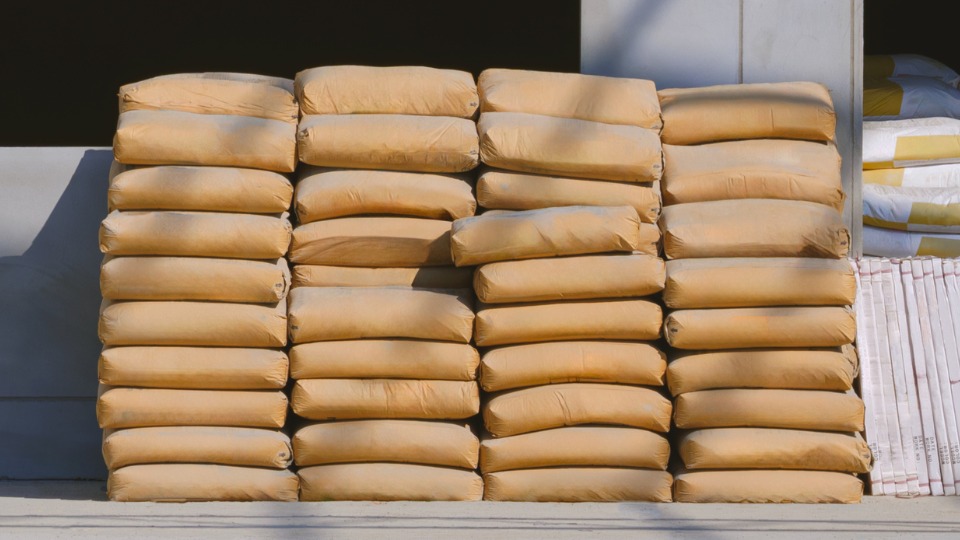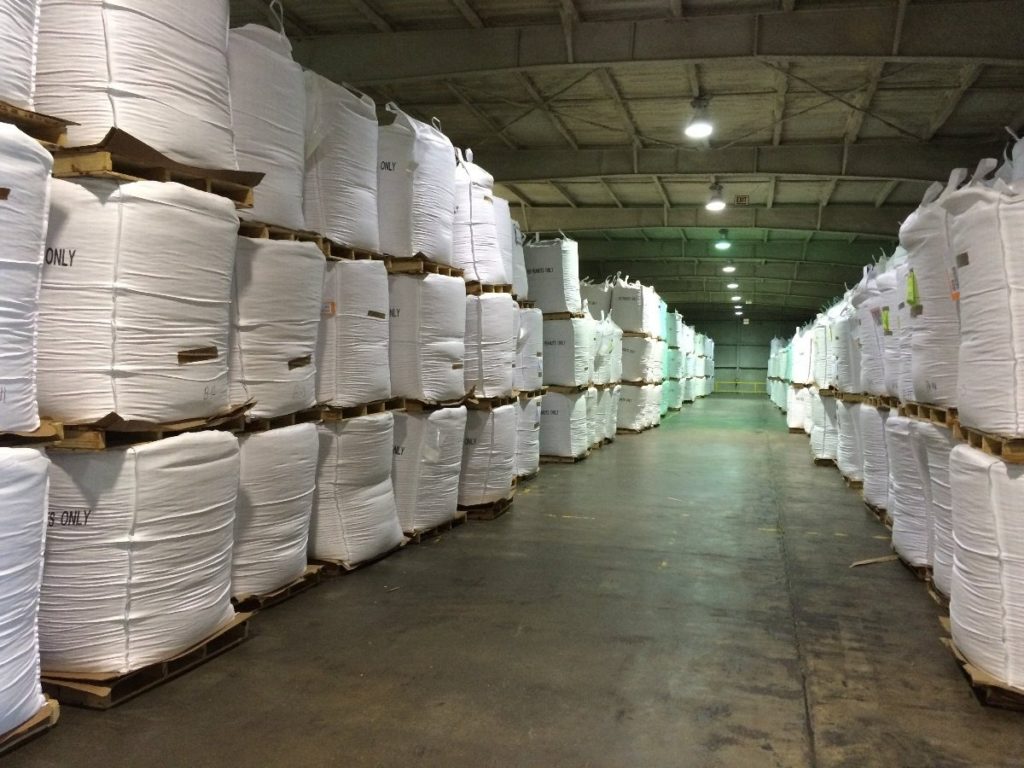In the world of industrial packaging, bags play a crucial role in ensuring the safe and efficient transportation, storage, and handling of goods. Industrial packaging bags are used across various sectors, including manufacturing, food processing, chemicals, and more. This comprehensive guide will delve into the different types of industrial packaging bags, their uses, and the benefits they offer.
Types of Industrial Packaging Bags
Industrial packaging bags come in many forms, designed to meet specific needs and requirements of different industries. Each type has unique features that make it ideal for particular purposes. Below are the most commonly used types of industrial packaging bags:
1. Polyethylene Bags
Polyethylene bags are among the most popular industrial packaging solutions due to their versatility, strength, and affordability. These bags are made from a plastic polymer that provides resistance to moisture and chemicals, making them ideal for packaging a variety of products.
Polyethylene bags come in different thicknesses and sizes, allowing customization based on the specific needs of the product being packaged. They are commonly used in industries such as food packaging, chemicals, and pharmaceuticals.
Uses of Polyethylene Bags:
- Food packaging (e.g., frozen food, grains)
- Chemical products (e.g., detergents, powders)
- Pharmaceuticals (e.g., medicines, medical supplies)
2. Woven Polypropylene Bags
Woven polypropylene bags are made from polypropylene fibers woven together, creating a durable, lightweight material. These bags are strong and tear-resistant, making them ideal for packaging heavy-duty items such as agricultural products, construction materials, and grains.
These bags are also breathable, which helps prevent moisture buildup that could damage sensitive products like grains, feed, and seeds. Woven polypropylene bags are often used for bulk packaging, and they can be customized with a variety of features such as handles, vents, and liners.
Uses of Woven Polypropylene Bags:
- Grains and seeds
- Animal feed
- Fertilizers and chemicals
- Construction materials (e.g., sand, cement)
3. FIBC (Flexible Intermediate Bulk Containers)
FIBC bags, also known as bulk bags or tote bags, are large-sized industrial packaging bags designed to carry significant quantities of bulk materials. These bags are typically made from woven polypropylene and come in a variety of configurations, such as U-Panel, Four-Panel, and Circular.
FIBCs are ideal for industries that need to transport large quantities of products, such as chemicals, grains, minerals, and fertilizers. These bags are highly durable and capable of handling weights of up to 2,000 kilograms.
Uses of FIBC Bags:
- Bulk chemicals and powders
- Food ingredients (e.g., flour, sugar)
- Industrial minerals
- Construction materials
4. Block Bottom Bags
Block bottom bags are a popular type of packaging solution that provides stability and ease of use. These bags are typically made from kraft paper or a combination of paper and plastic, which gives them strength and durability while maintaining an eco-friendly approach.

What sets block bottom bags apart from other packaging bags is their unique design. The bottom of the bag is flat and stable, allowing it to stand upright, which simplifies the filling and storage process. This feature also provides a strong base to support heavy products, making them ideal for packaging powdered goods, grains, pet food, and other items.
Uses of Block Bottom Bags:
- Powdered goods (e.g., flour, sugar)
- Pet food and animal feed
- Chemicals and fertilizers
- Agricultural products (e.g., seeds, grains)
5. Vacuum Bags
Vacuum packaging bags are designed to remove air from the packaging, creating a vacuum seal around the product. This helps extend shelf life by preventing exposure to air, moisture, and contaminants. Vacuum bags are often used in the food and medical industries, where preserving the freshness and integrity of the product is a top priority.
These bags are made from high-quality plastic materials that provide an airtight seal, making them ideal for preserving perishable goods.
Uses of Vacuum Bags:
- Food packaging (e.g., meat, cheese, seafood)
- Medical products (e.g., sterile devices)
- Electronic components (e.g., circuit boards)
Benefits of Industrial Packaging Bags
Industrial packaging bags offer a range of benefits, making them a preferred choice for many industries. The right bag can improve the efficiency of operations, ensure the safety of products, and reduce costs. Here are some key benefits of industrial packaging bags:
1. Durability and Strength
One of the primary benefits of industrial packaging bags is their durability. Bags made from materials like polyethylene, polypropylene, and kraft paper are designed to withstand heavy loads and harsh conditions. These bags can handle rough handling, long transportation routes, and varying environmental conditions, ensuring that the products inside remain safe and secure.
2. Cost-Effectiveness
Industrial packaging bags are often more cost-effective compared to other packaging solutions like boxes or metal containers. Materials like polyethylene and polypropylene are relatively inexpensive to produce, and the bags are lightweight, reducing transportation costs. Bulk buying these bags further reduces the overall cost per unit.
3. Customization
Industrial packaging bags can be easily customized to suit the specific needs of the product being packaged. Customizations can include bag size, color, design, and printing. Businesses can print their logo, product information, or safety instructions directly on the bags, providing branding opportunities and enhancing product recognition in the marketplace.
4. Environmental Impact
With the growing awareness of environmental issues, many industrial packaging bags are now being made from recyclable or biodegradable materials. For instance, woven polypropylene bags can be reused multiple times before being recycled, and paper-based bags, such as block bottom bags, are eco-friendly and biodegradable.
As companies strive to reduce their carbon footprint, choosing environmentally friendly packaging solutions is becoming increasingly important.
5. Ease of Use
Industrial packaging bags are designed to be user-friendly. Many bags, such as block bottom bags, can stand upright, making them easy to fill and store. Additionally, some bags come with built-in handles or convenient openings for easy handling and transportation. Their flexibility and convenience help streamline operations and reduce labor costs.
6. Protection Against Contamination
Industrial packaging bags provide excellent protection against contamination. Materials like polyethylene and vacuum-sealed bags keep out dust, dirt, and moisture, ensuring that the products remain safe and hygienic during storage and transportation. This is particularly important in industries like food processing, pharmaceuticals, and chemicals.
Conclusion
Industrial packaging bags are an essential component of the supply chain in various industries. With their wide range of types and customizable features, these bags provide numerous benefits, including durability, cost-effectiveness, and environmental responsibility. From polyethylene bags and woven polypropylene options to FIBCs and block bottom bags, businesses can choose the right packaging solution based on their needs.
Choosing the appropriate industrial packaging bag can lead to improved efficiency, reduced operational costs, and enhanced product safety. By understanding the types, uses, and benefits of these bags, businesses can make more informed decisions that ultimately contribute to better product protection, branding, and sustainability.
If you’re looking to streamline your packaging process and ensure the safety of your goods, exploring the various industrial packaging bag options is a step in the right direction.

